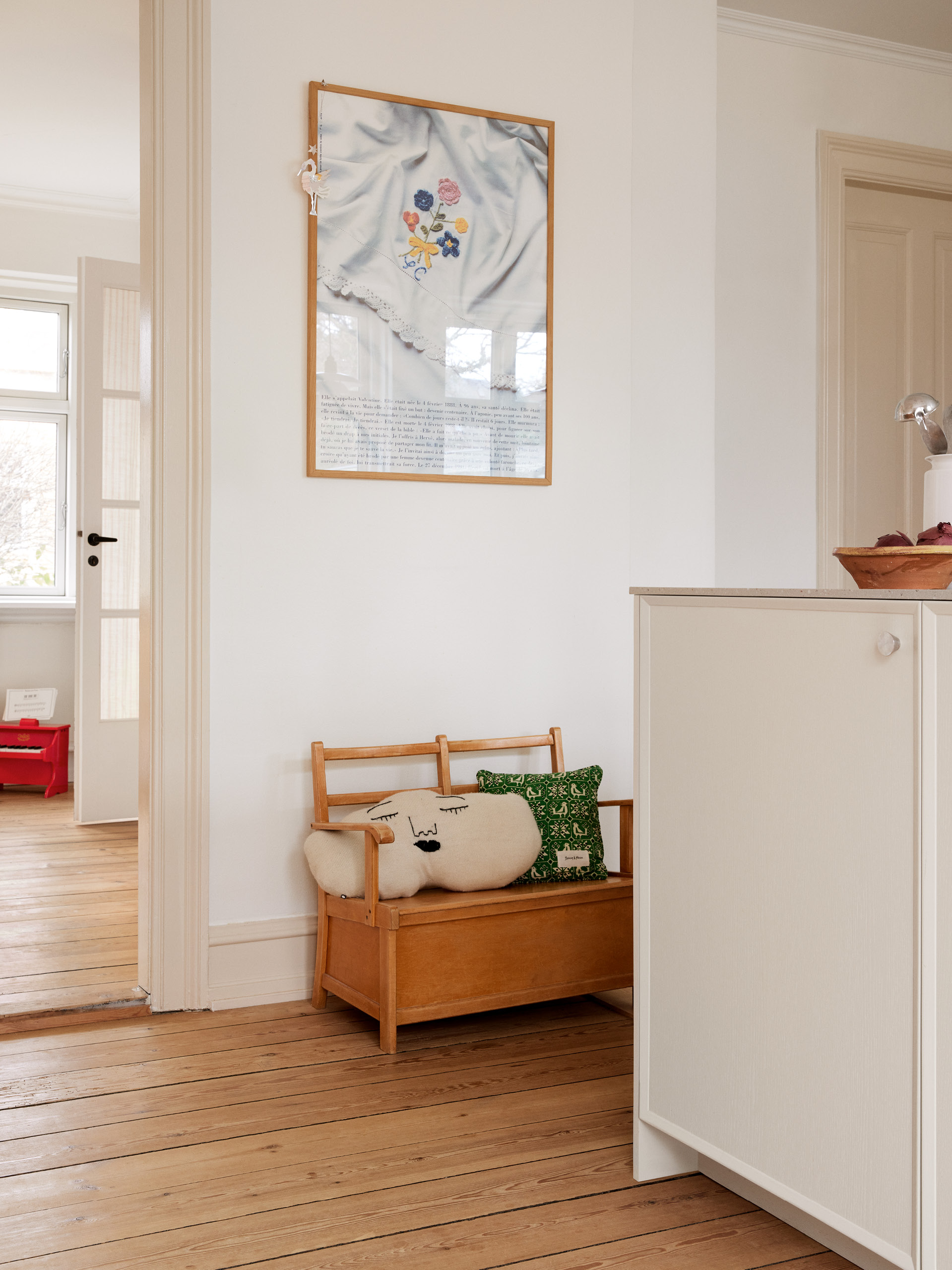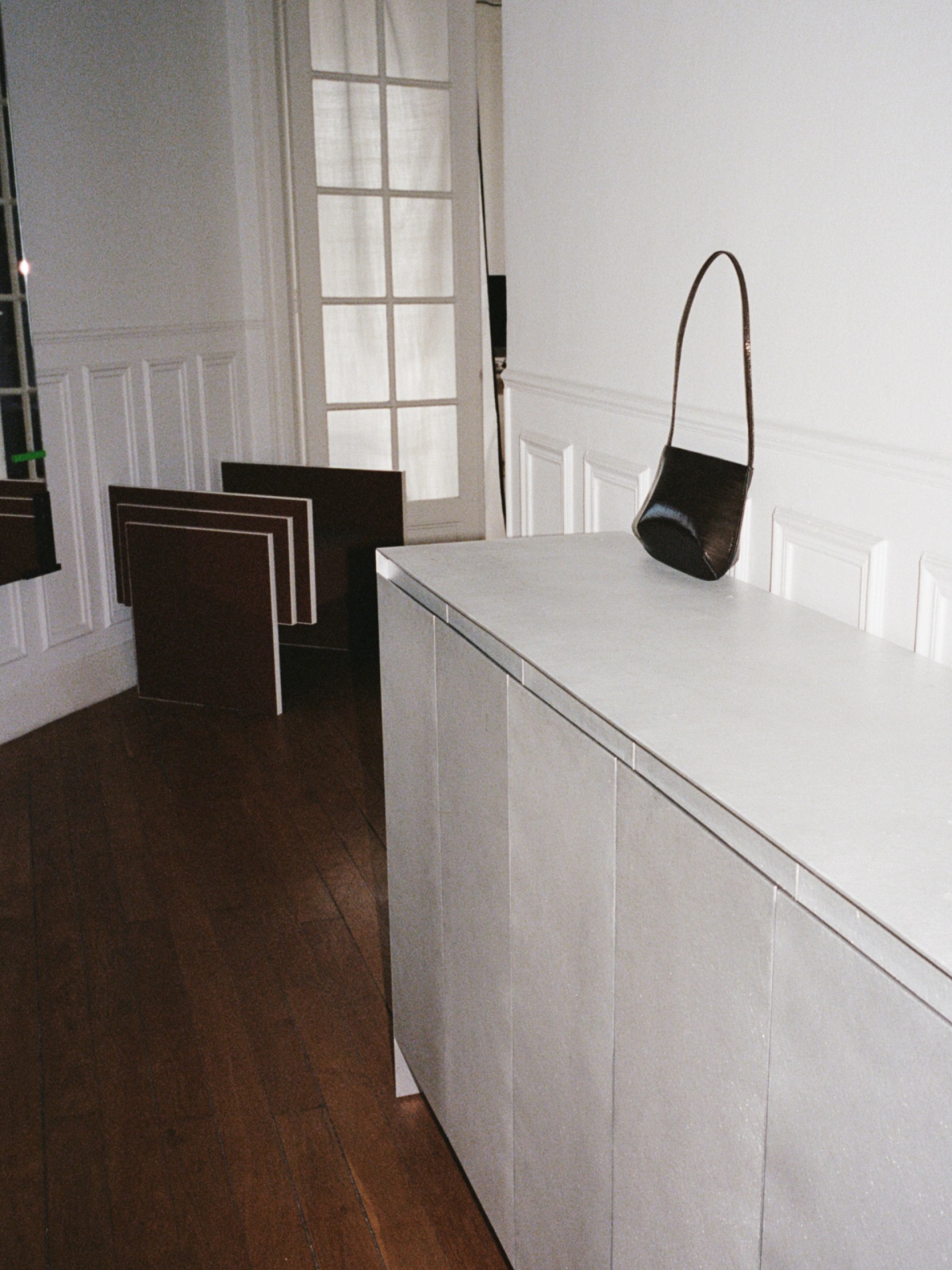Organize your wardrobe in 5 simple steps
You may be asking yourself how to organize your wardrobe. While there are many ways to do so, these five easy steps will make it straightforward, taking the guesswork out of wardrobe organization and ensuring you have a neat, tidy, and fully organized closet that makes getting dressed easy. Whether you’re building a new wardrobe closet or re-doing an existing one, organizing your wardrobe will allow you to maximize space, know what you already have or still need, and keep your home looking elevated.

1. Do a wardrobe inventory
If you’re building a new wardrobe, make a list of what you’ll be keeping in there, and go through your current closet or clothing space. What is working for you now, and what do you need to have a better and more functional space? This could be more hanging space or additional places for shoes.
Taking stock or inventory of your wardrobe also gives you the opportunity to donate or give away what you no longer need and to note things you may need now or in the future. It will also remind you of all you already have that has gotten lost in the back of the closet or fallen by the wayside.
Some may even make a list or spreadsheet of items, but if this isn’t for you, just focus on what works in your space and what doesn’t. This will help you develop the best possible wardrobe organization system.
2. What size wardrobe do I need?
For some, the size of the wardrobe will be determined by the space available. Working within size parameters makes the job straightforward. However, having a “smaller” space doesn’t mean you are doomed to an unorganized wardrobe. It’s all about optimizing your space and getting a little creative.
One thing people often forget when organizing their wardrobes is future functionality. Do you currently have all the clothes or accessories you want or need, or do you plan to add to your collection? If you plan to add significantly, you can either decide on a “one in, one out” rule or build an extra place into your wardrobe so that you’re ready to add without cluttering your space.
Now, if space isn’t an issue, you have some more thinking to do. Do you want a wardrobe built into the wall, built around your bed, or a walk-in closet with extra seating space? Think about how you want to use your wardrobe daily and design it with that in mind.
3. Decide on a sorting system
There are many ways to organize storage for clothes. Some people prefer to sort by color, others by type of clothing (e.g. all the trousers in one place, all the tops in another), and still others by fabric type. There’s no wrong way to do it. Consider how you dress yourself: do you tend to choose your shoes first, then build the outfit from there? If so, make sure the visual lines of your closet take you from one place to the next, as you would create your ensemble.
If you’re working with limited space, you may have a rotating section of your wardrobe in which you keep your sweaters during the winter and swap them out for summer clothes as the weather warms up. If you have separate storage that is harder to access, such as the top of built-in high cabinets, this can be a great use for that.
Deciding on a sorting system may come easy when you do your initial inventory. We recommend that you start making piles or separating out the items as you’d like to put them back in the wardrobe. This sorting will also help you with the next step, which is deciding what kind of storage accessories you need.
4. Decide on the closet storage organizers you need
When we say “closet organizers,” we mean all the different storage elements you can include in a wardrobe to help you organize: hanging rods, pull-out organizers, small item dividers, and so on.
There are two types of storage accessories: ones that are built into your wardrobe and ones that you add yourself. You’ll likely need both kinds, but deciding on how you’ll be using your wardrobe before building (or re-building) allows you to include as many built-in accessories as possible. This creates a more organized functionality and a sleeker look.
Built-in accessories include classic items such as clothing rods, which most wardrobes will require. The question is: how many do you need, and at what heights? Having two slightly staggered hanging rods can offer a lot of extra storage in small spaces. We also offer a hanging storage solution for shallow depth cabinets with a clothing rod combined with a clothes storage shelf.
Additional built-in organizers could be dividers for smaller items such as socks, ties, and even jewelry. Pull-out pant hangers allow you to store pants and optimize hanging space easily; they’re also easy to access. Shoe drawers and shoe rack inserts have become a popular built-in element, and they not only help with storage space but also make it easier to see each pair of shoes.
Adding a pull-out laundry bag or interior lighting can offer extra features that make life easier and your wardrobe more streamlined.
Take a look at Reform’s selection of interior accessories and organizers
5. Put everything away, then step back
Once you’ve decided on all your wardrobe elements, you get to have fun: put all your clothes and accessories away so you can see how they fit. Remember: once you’ve organized your closet, you can still change your mind! If you find that one element of the storage isn’t quite right or just doesn’t work for your lifestyle, adjust it accordingly.
One of the best gifts you can give yourself is a wardrobe that can grow and change with you over time. Adding built-in storage accessories, new clothing rods, or shelves can make all the difference and doesn’t have to be a big construction project.
Our wardrobes reflect our lives, both in terms of seasonality and the way we live at that moment. Therefore, expect your needs to change.
Ready to build your dream wardrobe? Let Reform help!
Los geht's
Noch mehr entdecken







